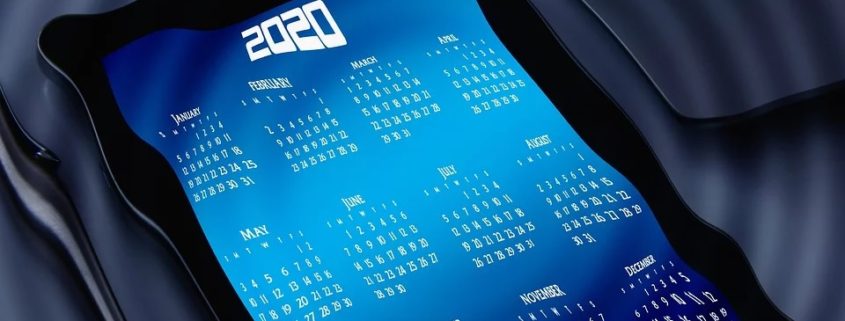6 Fraud Threats to Watch for in the New Decade
New decade…new threats facing consumers. While technology evolves alongside our understanding of current security challenges, fraudsters still find new and inventive methods of getting around our defenses every day.
Security professionals are in a constant race against criminals to stop fraud attacks. However, this often ends up as a reactive process; we wait for fraudsters to act, then identify ways to stop them in the future. In the meantime, they manage to cheat the system and steal from merchants, banks, and consumers.
It’s not all doom and gloom, though. We can use predictive analysis to guess where the fraud hotspots will be in the coming years. And, if we can predict where the activity will be…we can take precautions to defend against it.
6 Fraud Concerns for the New Decade
Old threats like phishing and account takeover aren’t going anywhere. Fraudsters are evolving their tactics, though; for instance, here are just a few fraud predictions for 2020 and beyond:
- BOPUS Fraud: The “buy online, pick up in store” model is exploding in popularity. Consumers love the convenience…but so do fraudsters. If a BOPUS purchase doesn’t require redundant forms of ID, like providing both a payment card and driver’s license, a fraudster could easily impersonate a buyer and steal their goods.
- Open Banking Fraud: More third parties are moving into payments and finance. This requires interconnectivity between many different organizations to provide a smooth, consistent experience. Fraudsters can exploit that complexity, taking it as an opportunity to breach systems unnoticed by security mechanisms.
- Deep Fake-Enabled Theft: So-called ‘’deep fake” technology makes it possible to create a convincing spoof of a human face or voice. The technology is still young, but it’s already being used by fraudsters for criminal activities. Over the next decade, deep fakes are likely to become a major source of fraud.
- Database Hacks: New legislation like PSD2 in the European Union and CCPA in the US make it harder for fraudsters to impersonate buyers. Rather than give up, fraudsters may pivot to new targets like major consumer databases to steal data and create synthetic identities. We already saw this in practice with the Equifax and Capital One hacks.
- ID Mules: Real-time verification of Social Security numbers makes synthetic fraud harder. Strange as it sounds, some consumers willingly give their identities to fraudsters to get around this. ID mules are usually individuals who want to build their credit score; what they don’t know, though, it that fraudsters accomplish this by opening lines of credit in their names.
- P2P Payments Scams: Peer-to-peer platforms like Venmo and Zelle allow you to send money quickly and easily to friends. If a fraudster manages to compromise a friend’s account, though, they may request money from you, then quickly transfer it out and disappear before either of you notice what happened.
Despite Changes, Security Fundamental Still Stand
Fraud tactics may evolve, but online fraud as a concept is nothing new. If you’re doing your part as an engaged and informed consumer, it’s not that hard to stay safe online. You may need to engage in new practices regarding your personal data and financial information, but the fundamentals of security remain the same.
For instance, you should:
- Use Complex Credentials: Use a unique passwords for every account, involving a combination of letters, numbers, and special characters (even if they’re not required).
- Monitor Your Credit: Check your credit report regularly. Keep an eye out for any lines of credit or odd items on your report that you don’t recognize.
- Know the Signs of Phishing: Understand how to identify a phishing site, as well as common spear phishing tactics that fraudsters use to steal personal information.
- Embrace Biometrics: Apps like Apple Pay and Google Pay offer multi-factor authentication; completing a purchase means unlocking the device, then providing a fingerprint to checkout.
- Use Credit When Possible: Credit cards offer much stronger fraud protections than debit cards. It will be much easier to recover your money with a credit card in the event of fraud.
- Avoid Public WiFi: Never, under any circumstances, transmit any sensitive personal or financial information via an unsecured WiFi network.
- Enroll in 3-D Secure: This is like an online PIN code; during online checkout, you’ll be redirected to a secure Visa or Mastercard site to enter your code before completing a purchase.
- Be Skeptical: Don’t buy promises of quick financial returns or boosts to your credit score. As a diligent consumer, you should research before doing business with any financial assistants.



